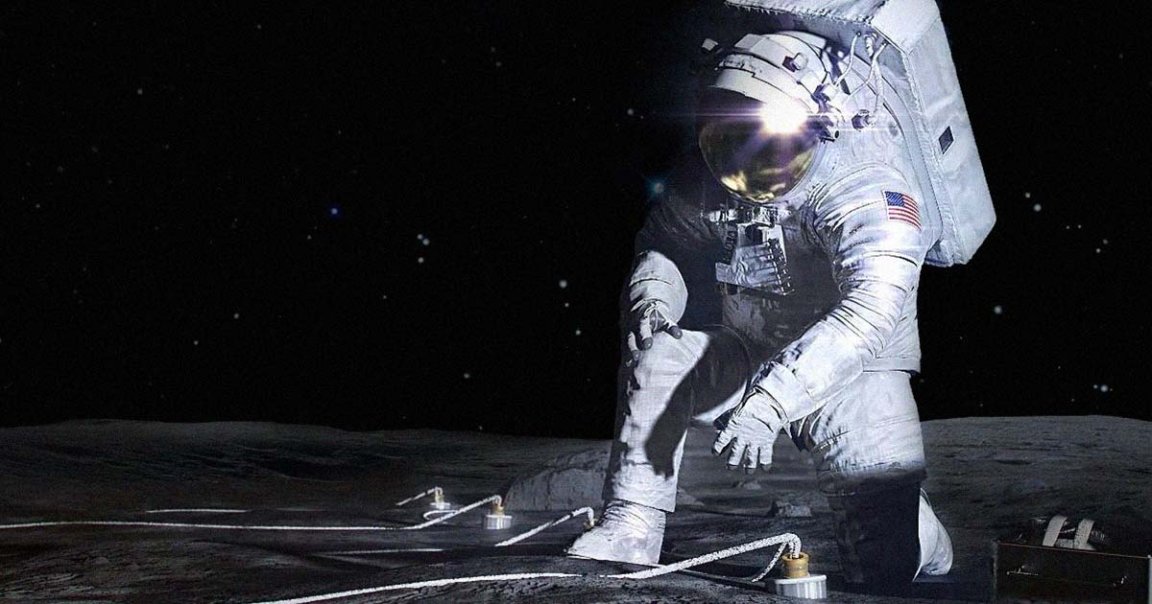
Timekeeping on the Moon is a trickier problem than you might think.
It’s not just the fact that it doesn’t have a diurnal cycle like Earth does — or that one “day” on the Moon is equal to about 29.5 days on terra firma.
Due to the wonky principles predicted in Einstein’s theory of relativity, time itself moves ever so slightly faster on the surface of the Moon than it does on our planet.
The difference is extremely subtle — just 56 to 57 microseconds faster than what atomic clocks on Earth tick at each day. But when we’re talking about conducting scientific missions and sending spacecraft there — which all require extremely precise calculations — those differences add up.
Now, a new study published in the journal The Astronomical Journey details a system for reconciling lunar time with Earth time, which its authors say could be instrumental in not just exploring the Moon, but eventually, the cosmos.
“It’s like having the entire Moon synchronized to one ‘time zone’ adjusted for the Moon’s gravity, rather than having clocks gradually drift out of sync with Earth’s time,” said study co-author Bijunath Patla, a physicist at the National Institute of Standards and Technology, in a statement about the work.
One area that the researchers highlight as standing to benefit from synced-up timekeeping is GPS systems. These satellite-based networks rely on a global time standard for Earth to be effective. But they, too, are victims of relativity.
To dumb down a lot of very complicated science, stronger gravitational effects make time go slower, so at higher altitudes, where the Earth’s pull is a tad weaker, satellites move slightly faster in time than we do down on the planet’s surface.
GPS systems already account for this — but what if we were to set up a GPS system on the Moon? Such capabilities, the researchers argue, will be essential to make lunar exploration more efficient in the future.
But this, again, requires reconciling the faster timekeeping on the Moon with the GPS networks on Earth, if we are to coordinate flying between the two celestial bodies with an exact landing spot in mind, or conduct simultaneous experiments on each surface.
The researchers’ proposed solution involves a lot of complicated math, but the gist of it is that their method relies on using the center of mass between the Earth and the Moon as a reference frame.
Clocks placed in orbit at Lagrange points, or points in space where a small object under the gravitational pull of two larger ones can stay in the same position relative to them, would serve as “time transfer links” between the Earth and the Moon, because these orbital sweet spots “provide a low acceleration noise environment” that allow for scientists to easily correct for relativity, the researchers wrote in the study.
Because it’s not just the gravity of those two celestial bodies at play, the researchers also include a host of parameters that account for the tidal influence of other planets and the Sun. They also have to account for the rotation of both the Earth and the Moon, and dozens of other cosmic confounders that’ll make your head spin.
But the upshot is this: the researchers say their work can be applied to other bodies like Mars — so it’s not just a potential solution to our temporal Moon problems, but perhaps for deeper space exploration, too.
More on the Moon: Biden Directs NASA to Figure Out What Time It Is on the Moon